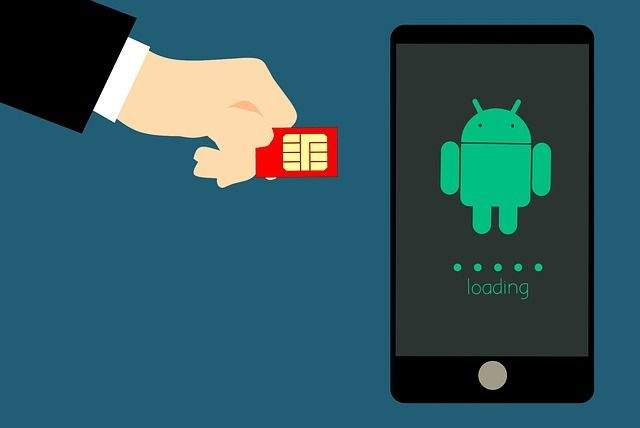History of sim card
The SIM card’s key capacity is in its name: the Subscriber Identity Module. It stores data that is utilized to distinguish and confirm clients and to associate gadgets to the Global System of Mobile Communications (GSM). GSM has been the standard for cell correspondences since the presentation of 2G, and advances in SIM card innovation have pursued firmly behind advances in GSM.
Since its presentation in 1991, the SIM card has developed in modernity and utility to turn into an essential part of the business the executives. From its unique Visa measured emphasis to the nano-SIM-empowered IoT gadgets of today, organizations have run to SIM cards to remotely associate their activities.
A Brief History of SIM Cards
The first SIM cards were indicated by the European Telecommunications Standards Institute and created by Giesecke and Devrient, a German organization that works in banknote securities and brilliant cards. The initial 300 SIM cards were sold to a Finnish remote system administrator called Radiolinja, whose organize facilitated the world’s first GSM telephone approach March 27, 1991.
The first SIM cards looked strikingly like the SIM chip-empowered Visas we have today. They came in information limits going from 32 KB to 128 KB and put away SMS messages and telephone directory contacts. The soonest models just could store upwards of five messages and 20 contacts.
In 1996, the charge card measured SIMs, presently called full-sized or 1FF were supplanted by small scale SIM cards. The smaller than usual SIM is a recognizable shape to anyone who had a wireless in the late 90s and all through the following decade. Each cell gadget had a plate fit for fitting a small SIM card, and clients ended up acquainted with exchanging their SIMs into new gadgets when the time had come to redesign.
The SIM cards’ capacity to be set into any phone empowered gadget gives verifiably critical points of interest. When moving up to new innovation, clients could flawlessly change their personality data by essentially moving their SIM card from their old gadget to another one. On the off chance that a gadget was harmed, the SIM card could be expelled and put in another gadget so the client could keep on associating with the GSM. This utility prodded the utilization of SIM cards in a wide scope of gadgets.
With the presentation of cell phones, the expanded interest for little gadgets that pressed more power propelled producers to contract the SIM card again while keeping up its adaptability and preparing powers. In 2010, the customary smaller than usual SIM has overhauled into the miniaturized scale SIM, and after two years it was upgraded again into the nano-SIM standard of today.
The Future of SIM Cards
Today, SIM cards are all over of them with their unique number. With the development of the Internet of Things (IoT), they have been approached to safely interface cell phones, remote hotspots, Mastercards, and innumerable different gadgets around the globe.
As indicated by the International Card Manufacturers Association (ICMA), roughly 5.4 billion SIM cards were produced all inclusive in 2016, and in excess of 7 billion gadgets use SIM cards to interface with worldwide cell systems. For lower data transmission machine-to-machine (M2M) abilities, 2G and 3G SIMs offer ease network arrangements with wide-extending cell inclusion. For huge information limit and advanced media needs, high data transfer capacity SIMs utilize 4G LTE future-demonstrated innovation to interface IoT gadgets in a split second.
With the arrangement of 5G systems, which are relied upon to turn into the business standard by 2020, SIM cards are developing once more. The GSM Association (GSMA), the association that decides determinations for SIM card plan and ability, has presented the Embedded SIM (eSIM) card as an emanant innovation for IoT requests of things to come.
As the name proposes, eSIM cards are incorporated for all time into a gadget. They are a lot littler than standard nano-SIM cards, giving IoT gadgets space for all the more dominant highlights and empowering wearables, for example, smartwatches, to utilize SIM innovation. eSIMs are rewritable and agreeable with all administrators, which enables clients to oversee them remotely while killing the requirement for conventional removable cards. With these noteworthy overhauls, the SIM card will be more flexible and able than any other time in recent memory to control IoT arrangements.





